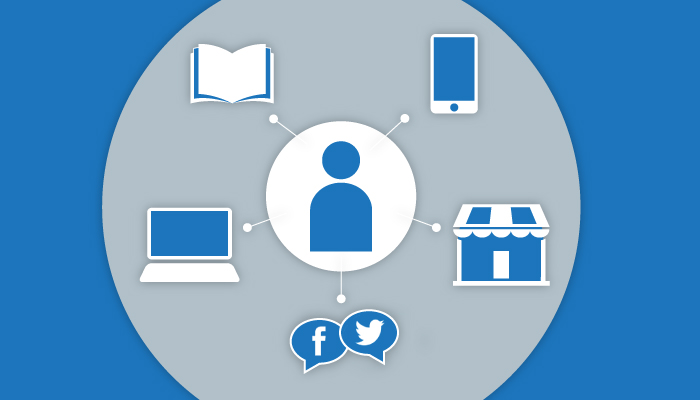We use cookies to make your experience better. To comply with the new e-Privacy directive, we need to ask for your consent to set the cookies. Learn more.
Choosing a Distribution Center for e-Commerce Fulfillment
The e-commerce boom caused many distribution centers to shift from dedicated to multi-channel fulfillment. As consumers expect increasingly faster shipping times, distribution center managers are scrambling to find the optimal way to get goods to consumers. Where does that leave retailers who are just now entering the online market?
There is no universal solution to this problem, but looking at the pros and cons of the basic choices can help you decide which setup will make distribution for your company the most efficient, whether you plan to handle logistics in-house or go through a 3PL provider.
Dedicated Centers
The traditional setup of having separate facilities for fulfilling orders from stores and online customers allows for efficient order fulfillment, but makes it tough to keep pace with the fast shipping times that customers expect. This traditional approach also makes information-sharing difficult for the various teams involved, because they are in separate facilities that operate independently.
That said, smaller retailers with a niche audience may still be able to handle brick-and-mortar and e-commerce through separate dedicated centers. Most companies will need a more integrated approach.
Combination Center
As e-commerce increased, distribution centers began fulfilling both store and online customer orders from the same facility. While the customer benefited from having more channels to buy through, the separate teams within a combined facility often worked independently, and this independence created silos within the facility. The customer experience often suffered as a result of poor communication.
This approach remains viable for low-volume, high-value products. But the industry as a whole now offers more efficient alternatives.
Store Distributed
This model relies on dedicated centers servicing stores, which then fulfill online customer orders. This can lead to significant savings in shipping costs, but comes with its own pitfalls.
For instance, stores must dedicate space and personnel to order fulfillment, and both of these have significant costs. Because stores cannot handle the volume that a dedicated center could, backorders can be frequent, which may erase the shipping savings.
However, the store-distributed model is a great gateway to online markets. Any brick-and-mortar retailer can set up a website and handle fulfillment in-house. For all of the disadvantages that come with store-based distribution at scale, it empowers any retailer to become an e-commerce outlet.
Hybrid

This means that customers associate the transaction with a brand, whether they are interacting with it through a brick-and-mortar store, a mobile app, or a website. Stores and distribution centers have access to the user's past transaction history, so that all parts of the ordering process are easily accessible by the relevant teams.
The hybrid distribution center requires investment in both technology and training so that teams can learn to work together to efficiently manage the customer's various transactions.
Which model is best for your business?
Most businesses should aspire to the hybrid model even if high costs prevent them from fully implementing it. Offering as many ordering channels as possible increases sales, and fostering communication among all teams involved in the ordering process solidifies the brand.
The ideal customer experience includes a large selection, fast shipping times, and a straightforward ordering process that can be referred to in a store or over the internet. The hybrid model provides all three by keeping efficient teams and improving their communication with one another.
References:
Kulp, Matthew. “E-Commerce Fulfillment Center Design Trends.” MODEXShow. MHI, 2016. PDF. 21 Sept. 2016.
Paccard, Erwan. “Omnichannel vs Multichannel: Are they so different?” MultichannelMerchant. Access Intelligence, LLC, 28 Sept. 2015. Web. 21 Sept. 2016.
